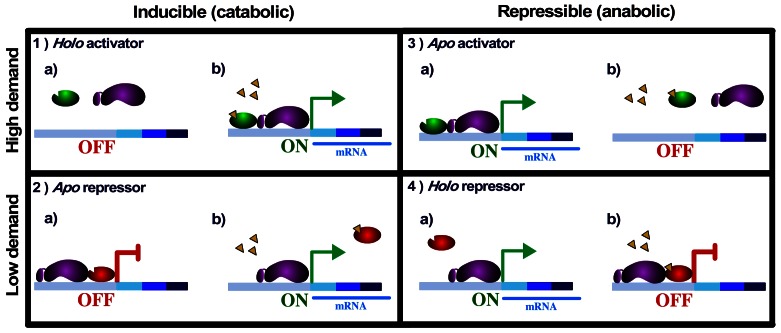Figure 3. Predicted gene control circuits for simple cases.
Case 1. Inducible catabolic high-demand system. a) Expression of the regulated genes is OFF, because the activator is in a nonfunctional state. b) In the presence of the effector, it binds to the activator, changing it to the holo conformation, which facilitates transcription, e.g., maltotriose binds to MalT and this induces maltose operon expression. Case 2. Inducible catabolic low-demand system. a) The repressor is functional in the apo conformation, so the system is repressed in the absence of the effector. b) In the presence of the effector, it binds to the TF, changing it to a nonfunctional conformation, which allows induction of the system, e.g., allolactose binds to LacI and this induces lactose operon expression. Case 3. Repressible anabolic high-demand system. a) In the absence of the effector, the system is ON, with the activator in the apo conformation. b) When the effector is present, the activator is nonfunctional and the system is deactivated, e.g., Cbl activates the tau and ssi operons when it is unbound to the adenosyl 5′-phosphosulfate compound. Case 4. Repressible anabolic low-demand system. a) The repressor is nonfunctional in the absence of effector, so gene expression is turned ON. b) In the presence of effector, it binds to the TF, converting it to the holo conformation, which binds DNA and represses transcription, e.g., TrpR bound to tryptophan in the holo conformation represses the tryptophan operon. Symbols: ON and OFF show gene expression and a lack of gene expression, respectively. Activator: green oval; repressor: red oval; RNA polymerase: purple bean shape; effector: yellow triangles; mRNA: blue line.

